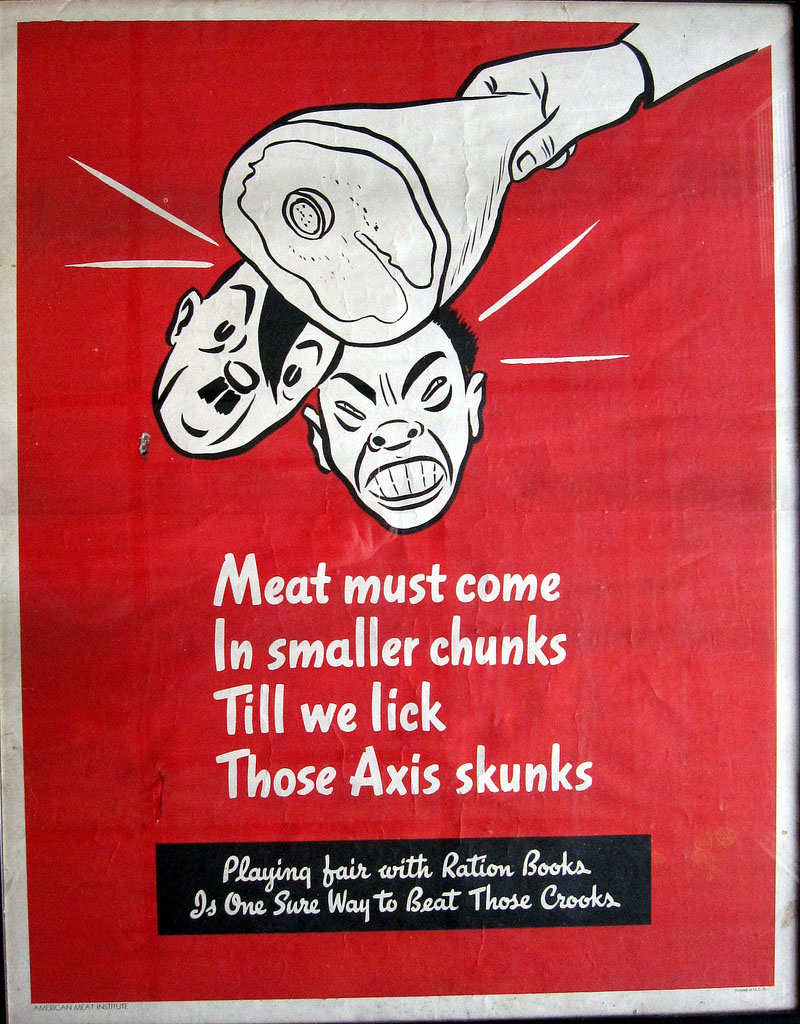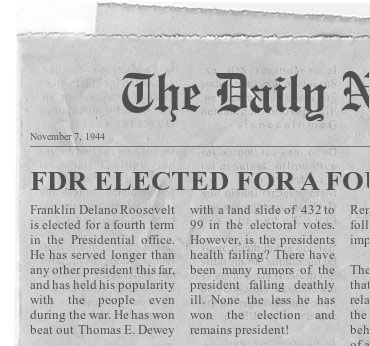WWII Assessment College american history final.
APPEASEMENT
I believe that appeasement is a a bad policy. In the end, the only advantage it has, is that it allows you a small window of time for preparation, while your enemy is only going to come back and want more from you. So as well as giving up land, your giving your enemy time to bolster also.
Schlieffen Plan
The Allies before America joined the war
The Allies where not doing well in the war before the U.S. joined. Just before they joined, France and Italy had fallen, and Russia had just signed the non-aggression pact. They were facing technologies that were superior to their own such as the German submarine and U-boats. Also Britain was struggling with supplies and was forced to borrow weapons and munitions from America.
UN-neutral neutrality
Six Word Stories
- September 11, 1939: Poland invaded by Germany and Russia.
- August 6, 1945: Hiroshima, Nagasaki get attacked with A-bomb.
- June 6 1944: Allies storm beaches of Normandy France.
- September 2, 1945: Japan surrender on American battleship Missouri.
- May 8, 1945: Allies achieve victory over Nazi Germany
Pearl Harbor Timeline
USS Arizona
The USS Arizona was a battleship stationed in Pearl Harbor when the Japanese attacked. The ship was heavily bombed and sank, killing over 1,117 men. The Arizona became a rally cry after the attack calling "remember the Arizona".
FDR Day of Infamy Speech.
Four Freedoms

Propaganda

Rosie the Riveter
Weapons of the War
The German U-boat, meaning Undersea Boat, was a powerful submarine used by the Germans in the war. They where primarily used to destroy merchant ship convoys bringing supplies to the UK and the Soviet Union. The U-boats main weapon was its torpedoes. These ships would go to depths underneath the radar of enemy naval ships. Then would fire their torpedoes damaging the hull, and surrounding ships.
Letter Home
Dear Mom,
I'm writing home from Omaha beach at Normandy. Don’t worry I made it just fine. I really miss you guys at home though. Tell Johnny to stay out of trouble for me? How's dad doing? I know he has been working real hard lately.
The trip here was awful. The whole way I was seasick and cold. The air on the ship was stale and smelled disgusting. My only relief came when we had to scramble down the netting onto the transport boat. The cool, fresh, sea air came as a comfort compared to the air on the ship. I was tightly packed between two really tall men on the transport, so I couldn't see out to the horizon.
When we landed on the beach, we came under heavy machine gun fire. It was downpouring and cold. I will spare you the details, I wish I had that option. I Hope this final movement ends the war so we can all go home.
Sincerely,
Forest Gump.
Battle of the Buldge
FDR's fourth term election headline

Germany After the War
At the end of the war, the Allied powers demanded an Unconditional surrender from Germany. After the war, Germany was split into Four occupied zones.n 1945, the United States, Great Britain, and France had assumed the occupation of the western portion of Germany, as well as the western half of Berlin. The Soviet Union occupied eastern Germany, as well as the eastern half of Berlin.
Strategy in the Pacific
In the pacific, the joint chiefs of staff authorized two different strategies. One was the plan of General Douglas MacArthur. His plan was to come up from his headquarters in Australia, and take the Philippine islands, then attack Japan. The second strategy was that of Admiral Nimitz. He thought it would be a better idea to attack japan directly, crossing the smaller islands of the central Pacific. This plan would mean that they would completely sidestep the Philippine islands.
Iwo Jima
Hiroshima Nagasaki
I believe that America was justified in using the A-bomb during the war. I agree that Truman had a very hard decision, it was either American soldiers or Japanese people. By choosing to use the bomb he saved hundreds of thousands of potential casualties on the American side. Japan was ordered to surrender, and refused. Even after being threatened with "prompt and utter destruction." This also has been the only time nuclear weapons have been used for warfare, because now, the entire world knows how deadly they are and do not use them.
Sources.
- "Allies End Occupation of West Germany." History.com. A&E Television Networks. Web. 20 Apr. 2016.
- History.com Staff. "Battle of Iwo Jima." History.com. A&E Television Networks, 01 Jan. 2009. Web. 21 Apr. 2016.
- History.com Staff. "Bombing of Hiroshima and Nagasaki." History.com. A&E Television Networks, 01 Jan. 2009. Web. 21 Apr. 2016.
- "Patton Relieves Bastogne." History.com. A&E Television Networks. Web. 20 Apr. 2016.
- "Schlieffen Plan - Google Search." Schlieffen Plan - Google Search. Web. 18 Apr. 2016.